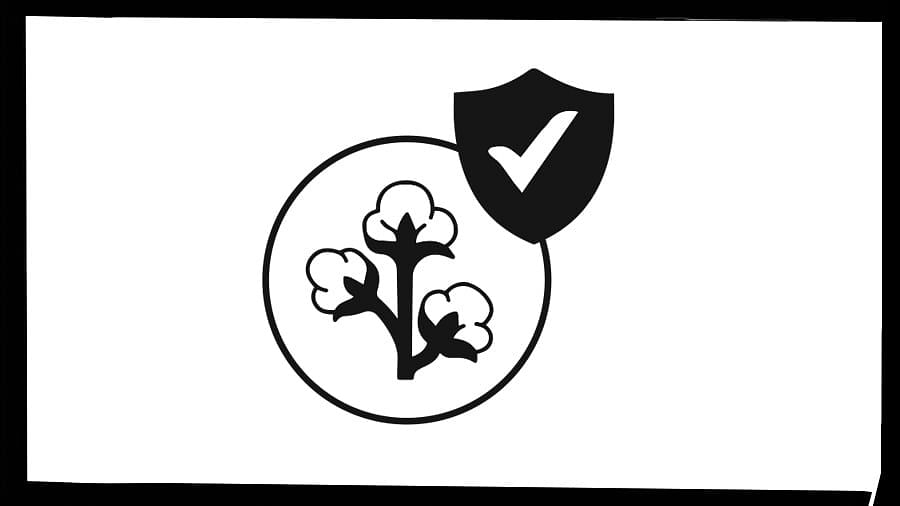
Credit: DH Illustration
The Supreme Court of India has directed the Ministry of Environment, Forest, and Climate Change (MoEF&CC) to develop a national policy on genetically modified (GM) crops, involving all stakeholders, preferably within four months. The Bench emphasised the need to involve state governments in this process, considering the constitutional framework that assigns certain subjects to state governance. Currently, almost all state governments in the country adopt a precautionary approach to GM crops, with some explicitly banning them as a matter of policy. Most states also do prohibit open-air field trials, recognising the risk of irreversible contamination that this “living technology” poses once released into the environment. The state governments have decided to err on the side of caution on this controversial scientific matter so that risks can be avoided. After all, scientific risk management begins with risk avoidance where possible.
For the states, early warnings to adopt this precautionary principle would have come from the experience with Bt cotton. Bt cotton remains the only GM crop officially approved in India, and this approval followed the fait accompli of large-scale illegal cultivation in Gujarat in 2001. Facing their incapacity to control the situation, regulators under the Environment Protection Act granted approval in March 2002. Twenty-two years later, the failures associated with Bt cotton, a non-food crop, should serve as a critical guide for the forthcoming national policy.
Bt cotton did not deliver the promised yield increases; claims that it would reduce yield losses due to bollworm attacks did not materialise in reality. For instance, in 2005-06, when only 12% of India’s cotton cultivation was Bt cotton, yields were 472 kilos/hectare. By 2023-24, despite Bt cotton dominating the landscape, yields have fallen to around 429 kilos/hectare. Additionally, contrary to initial promises, chemical pesticide usage on cotton has increased both per acre and in total volume. Moreover, synthetic fertiliser use on cotton has also increased more than threefold, adding to the fertiliser subsidy bill of the government.
Farmers continue to suffer losses, with unpredictable changes in the pest and disease complex affecting cotton crops. Bollworm resistance to Bt cotton has become a reality. Pink bollworm has emerged as a significant threat, and area under cotton cultivation is declining drastically in several regions of the country. State governments, rather than the Union government, which approved Bt cotton, or the multinational corporations that developed it or the seed companies that are selling Bt cotton varieties, are bearing the financial burden of compensating farmers for their losses. This showcases how the technology developers and seed sellers are getting away scot-free and escaping accountability, with no liability and redress mechanisms in place. Notably, the Union government had no hesitation in placing on record in court litigation that Bt cotton cultivation has led many farmers to commit suicide.
India lost its place of pride as the world’s largest organic cotton producer and exporter following the introduction of Bt cotton. In organic farming circles, it is reported that contamination of all cotton seeds with GM traits is a reality, even when someone places an order with seed companies a full season/year ahead for non-GM cotton (since such seed is not available in retail outlets). It was noted by the Sopory Committee of the Indian Council of Agricultural Research (ICAR) that contamination of a desi Bikaneri Narma with Monsanto’s ‘genetic event’ might have occurred during a field trial inside an agricultural university campus. The fate of germplasm collections in India’s agricultural institutes and whether they continue to maintain purity is therefore a big question mark.
Illegal cultivation of herbicide-tolerant (HT) GM cotton on lakhs of acres of cotton without approval is further testimony to the severe regulatory failure of the Genetic Engineering Appraisal Committee (GEAC), the apex regulatory body under the Environment Protection Act. Along with the illegal spread of HT cotton is the story of the illegal sale and use of glyphosate rampantly.
The Food Safety and Standards Authority of India (FSSAI), as the other regulator under the Food Safety and Standards Act 2006, has also allowed GM edible oil and other imported GM foods to come into the food chain without any regulatory regime being put into place under Sec. 22 of the Act. The Supreme Court seems to have ignored this aspect when it asked FSSAI to implement Sec. 23 related to labelling of GM foods. In a country like India, a labelling regime neither ensures safety nor consumer choice. Food consumption largely comes in non-packaged forms, and labelling is meaningless to prescribe in such open forms of consumption.
Both the Court-appointed Technical Expert Committee (TEC) of independent experts and a Parliamentary Standing Committee have placed on record that applicants’ biosafety dossiers, with studies done on animals, revealed health impacts from Bt cotton and Bt brinjal that should have been red-flagged in the regulatory process. It is indeed a story of unscientific and compromised regulation where biosafety protection has been compromised, in addition to numerous other issues.
Meanwhile, it is a blemish on those who call themselves nationalists that India has allowed nearly all of its cotton seed to be controlled by one MNC—Bayer (Monsanto), that too by way of patents on the foreign genetic material introduced. While cotton and khadi were the biggest symbols for Mahatma Gandhi-led mobilisation in India’s freedom struggle, ironically,
the Indian national flag (which remains cotton) today flies with cotton grown from seed that is controlled by a foreign company.
Against this picture available to us in India, it is important that court-ordered national policy uphold the precautionary approach as its main framework.
(The writer is with the Alliance for Sustainable and Holistic Agriculture)